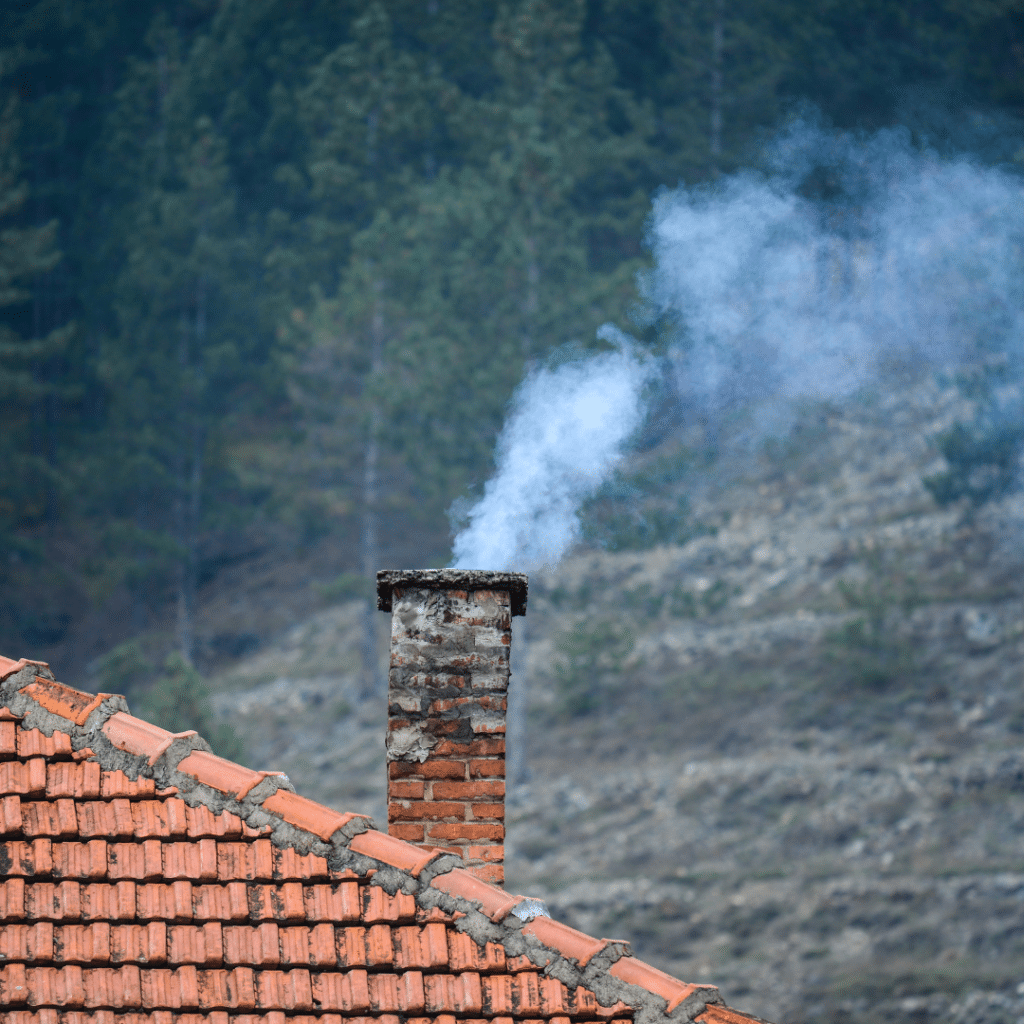
Soot and smoke, often associated with fires and burning materials, pose significant health risks to individuals exposed to them. Whether from residential fires, industrial accidents, or even routine activities like cooking, the inhalation of soot and smoke can have immediate and long-term detrimental effects on the respiratory system and overall well-being. This article aims to shed light on the health risks associated with exposure to soot and smoke, emphasizing the importance of awareness, preventive measures, and proper response in mitigating these risks.
What is Soot?
Soot is a black, powdery substance composed of carbon particles produced by incomplete combustion of organic matter. It is a common byproduct of burning fossil fuels, wood, and other organic materials. The fine particles in soot are small enough to penetrate deep into the respiratory system when inhaled. These particles can be damaging to both the respiratory and cardiovascular systems, making understanding its health risks crucial.
Health Risks of Soot and Smoke Inhalation
1. Respiratory Irritation and Inflammation:
Soot particles can irritate the respiratory tract, leading to symptoms such as coughing, shortness of breath, and sore throat. Prolonged exposure can result in chronic respiratory conditions like bronchitis and chronic obstructive pulmonary disease (COPD).
2. Aggravation of Pre-existing Conditions:
Individuals with pre-existing respiratory conditions such as asthma or allergies are particularly vulnerable to the effects of soot and smoke. Inhalation can exacerbate these conditions, potentially leading to severe respiratory distress and hospitalization.
3. Cardiovascular Effects:
Studies have shown that exposure to fine particulate matter, such as that found in soot, can increase the risk of heart attacks, arrhythmias, and other cardiovascular issues. Soot particles can enter the bloodstream and trigger inflammatory responses, affecting the heart and blood vessels.
4. Cancer Risk:
Soot contains carcinogenic compounds, including polycyclic aromatic hydrocarbons (PAHs). Long-term exposure to these substances through inhalation of soot increases the risk of developing various types of cancer, including lung cancer.
5. Developmental and Reproductive Health Issues:
Exposure to soot and smoke during pregnancy can have adverse effects on fetal development, potentially leading to low birth weight, preterm birth, and developmental delays. Additionally, exposure can affect reproductive health in both males and females.
6. Mental Health Impact:
The trauma and stress associated with exposure to fires and their aftermath can have profound effects on mental health, including anxiety, depression, and post-traumatic stress disorder (PTSD).
Prevention and Mitigation Strategies
1. Proper Ventilation:
Adequate ventilation systems in homes and workplaces help reduce indoor air pollution, minimizing exposure to soot and smoke.
2. Regular Cleaning:
Regular cleaning and maintenance of living spaces, especially in areas prone to combustion, can help minimize the accumulation of soot particles.
3. Appropriate Fire Safety Measures:
Adhering to fire safety guidelines, utilizing fire-resistant materials, and implementing effective fire prevention and control measures can significantly reduce the likelihood of fires and associated health risks.
4. Personal Protective Equipment (PPE):
Individuals working in environments where exposure to soot and smoke is likely should use appropriate PPE, including respiratory masks, to reduce inhalation of harmful particles.
5. Health Check-ups:
Regular health check-ups are essential, especially for individuals in high-risk categories, to monitor respiratory and overall health and address any issues promptly.
Conclusion
Soot and smoke are not mere environmental pollutants but serious health hazards that can significantly impact individuals’ well-being, both in the short and long term. Understanding the health risks associated with soot and smoke inhalation is vital for everyone, from policymakers to individuals, to implement preventive measures effectively. By raising awareness about these risks and promoting proactive steps to minimize exposure, we can collectively strive towards a healthier and safer environment for all.



